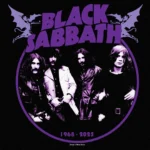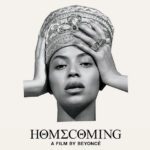From chart trailblazers to cultural revolutionaries, these are the artists who didn’t just top the charts — they changed the rules.
Pop music didn’t become a global force by accident. Behind every seismic shift in sound and style is a woman who pushed the limits of what a voice could do, what a lyric could say, or what the industry could expect from a female artist. This isn’t a definitive list of “greatest” singers. It’s a timeline of transformation. These are the women who changed pop music forever, each one shifting the culture, inspiring new generations and leaving the door open a little wider than they found it.
The Groundbreakers (1950s–60s)
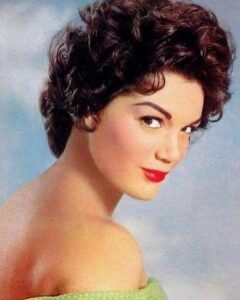
Connie Francis
The first female pop superstar to crack both American and international charts. With hits including Who’s Sorry Now and Stupid Cupid, Connie Francis was not just a voice of post-war teenage romance, she was proof that women could lead the charts without singing in a group or playing second fiddle to male artists. Her success laid the commercial foundation for solo female stardom.
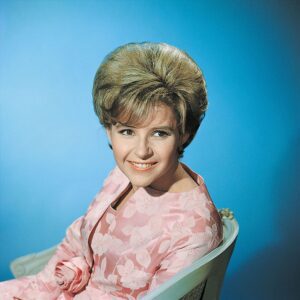
Brenda Lee
Standing just 4’9″, “Little Miss Dynamite” packed a vocal punch that belied her age and size. She was a teen when she recorded I’m Sorry and Rockin’ Around the Christmas Tree, scoring hit after hit in both pop and country. She was also one of the very few women of the era to dominate male-dominated radio rotations.
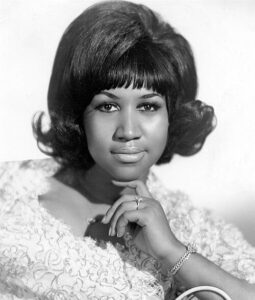
Aretha Franklin
She was crowned the Queen of Soul, but Aretha’s influence went far beyond genre. With Respect, Think and (You Make Me Feel Like) A Natural Woman, she didn’t just sing, she testified. Her voice became the sound of both personal and political liberation, embodying a level of emotional and spiritual power that reshaped pop’s boundaries.
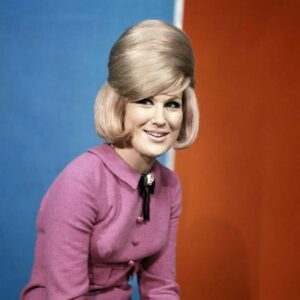
Dusty Springfield
One of Britain’s most beloved soul-pop interpreters, Dusty was crucial in connecting UK listeners to the Motown and gospel sound. Son of a Preacher Man and her Dusty in Memphis album gave white British pop an emotional depth and vocal honesty previously rare in its female stars.
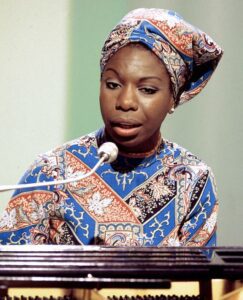
Nina Simone
To call her a pop artist is reductive — but to leave her out would be wrong. Simone’s blend of classical training, jazz phrasing, and unflinching activism turned songs like Mississippi Goddam and To Be Young, Gifted and Black into rallying cries. She showed that popular music could be politically fearless and musically complex.
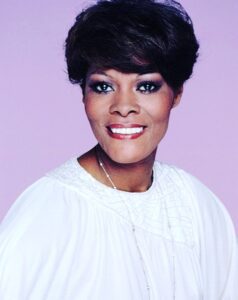
Dionne Warwick
The velvet-voiced queen of the Bacharach-David songbook, Warwick made sophistication sound effortless. With Walk On By, I Say a Little Prayer and Anyone Who Had a Heart, she became one of the first Black female singers to cross over into mainstream pop success without changing her sound or softening her image.
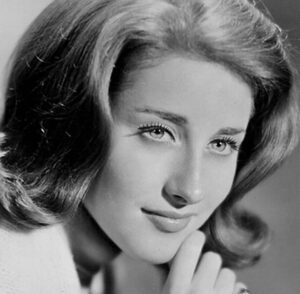
Lesley Gore
At just 16, Gore recorded It’s My Party, but her most significant contribution came a year later with You Don’t Own Me, a proto-feminist anthem that told boys exactly where they stood. It was rare defiance for a teenage girl in 1963, and a sign of the cultural shifts to come.
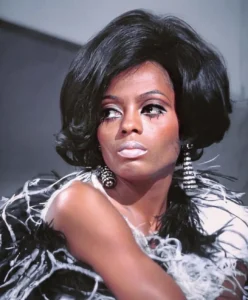
Diana Ross
First as the lead singer of The Supremes, then as a solo star, Ross defined glamour, ambition and showbiz control. She broke racial barriers on TV and in film, commanded crossover success with Ain’t No Mountain High Enough and Upside Down, and laid the blueprint for the diva-as-brand model that pop still follows today.

Dolly Parton
Long before she became a global icon, Dolly Parton was writing chart hits in the 1960s and rewriting country’s male-dominated rulebook. Songs such as Jolene and Coat of Many Colors weren’t just catchy, they told vivid, working-class stories from a female perspective. Her crossover success in the 70s and 80s helped bring country-pop into the mainstream, paving the way for genre-fluid stars decades later.
The Reinventors (1970s–90s)
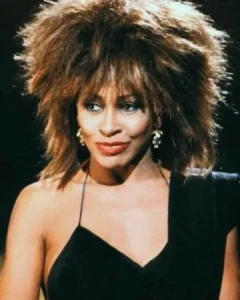
Tina Turner
Tina Turner’s second act was one of the most powerful reinventions in pop history. After her turbulent partnership with Ike Turner, she emerged solo in the 80s with Private Dancer, claiming her place as a rock-pop powerhouse. With raw vocals, electric stage presence and resilience that echoed through her lyrics, Turner redefined what a female solo artist could be: fierce, free and unapologetically loud.
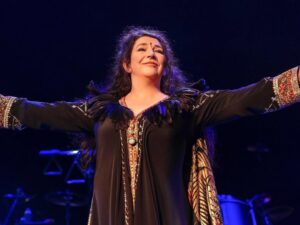
Kate Bush
Kate Bush was 19 when Wuthering Heights topped the UK charts in 1978, the first self-written No.1 by a woman. What followed was a career of surreal, experimental pop that never chased trends but somehow shaped them. Her fearless theatricality and sonic ambition have influenced everyone from Florence Welch to Billie Eilish, and thanks to Stranger Things, she’s still breaking charts decades on.
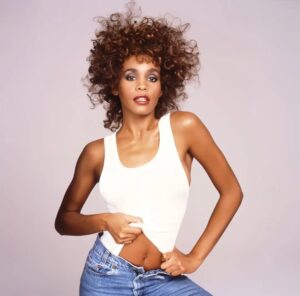
Whitney Houston
Her voice was almost inhumanly perfect, powerful, emotive, technically bulletproof. But Whitney’s real legacy is how she made all that skill sound so easy. From How Will I Know to I Will Always Love You, she brought gospel-rooted vocals into sleek, glossy pop and turned the female power ballad into a global force.
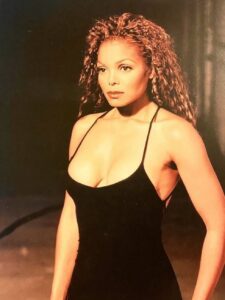
Janet Jackson
In the shadow of her family’s legacy, Janet built her own empire. Control, Rhythm Nation 1814 and The Velvet Rope weren’t just hit albums, they were artistic statements about independence, race, gender and sexuality. She brought hard-edged choreography, New Jack Swing production and taboo-breaking honesty into the pop mainstream.

Madonna
More than anyone, Madonna understood that pop wasn’t just about music, it was about reinvention. She turned provocation into performance art, challenged the church, played with gender, and showed that women could call every shot in their own careers. She didn’t just change pop. she turned it into an arena for identity politics, controversy and global influence.

Björk
Björk landed as a solo artist in the early 90s with Debut, creating pop that sounded like it came from another galaxy. Mixing electronica, classical, trip-hop and primal emotion, she stretched the limits of what female-led music could be. As a producer, visual artist and icon of weird brilliance, she’s remained outside the mainstream while shaping it from afar.
The Modern Icons (2000s–Now)
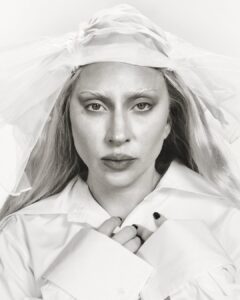
Lady Gaga
At first glance, Gaga looked like a pure provocateur – meat dresses, masks, and bizarre videos. But underneath was a classically trained pianist with big vocal chops, serious songwriting skills and a clear mission: to make outsiders feel seen. Born This Way, Bad Romance and Shallow showed how art-pop could dominate the charts while challenging societal norms.
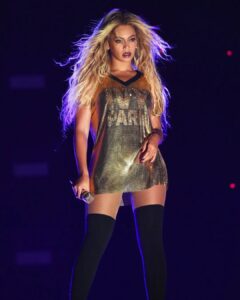
Beyoncé
From Crazy in Love to Lemonade, Beyoncé’s growth has been a masterclass in creative control. She elevated visual albums, spotlighted Black excellence, and normalised full-spectrum femininity in pop. Emotional, angry, powerful, vulnerable. She’s a perfectionist and a cultural strategist, shaping the future of pop by owning every aspect of her sound, image and message.
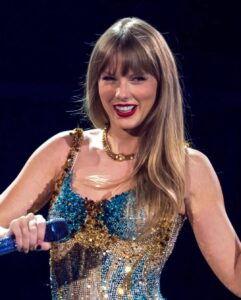
Taylor Swift
Once the poster child of country-pop innocence, Swift has repeatedly rewritten her narrative in public. She’s a storyteller, a strategist, and one of the few female artists to fully control her masters and redefine how pop stars interact with their fans. Her genre jumps (Red, 1989, Folklore) haven’t just broadened her audience, they’ve helped redefine what pop is allowed to be.

Billie Eilish
She arrived whispering in a world full of screamers. Billie Eilish rejected the loud, polished, hyper-sexualised pop template for something lo-fi, eerie and emotionally raw. With When We All Fall Asleep, Where Do We Go?, she made vulnerability sound revolutionary, winning Grammys while wearing baggy clothes and refusing to play the fame game.
And finally…
The women on this list didn’t just sing chart-toppers, they changed what it meant to be a woman in pop. Some did it by pushing boundaries, others broke the boundaries … entirely.


